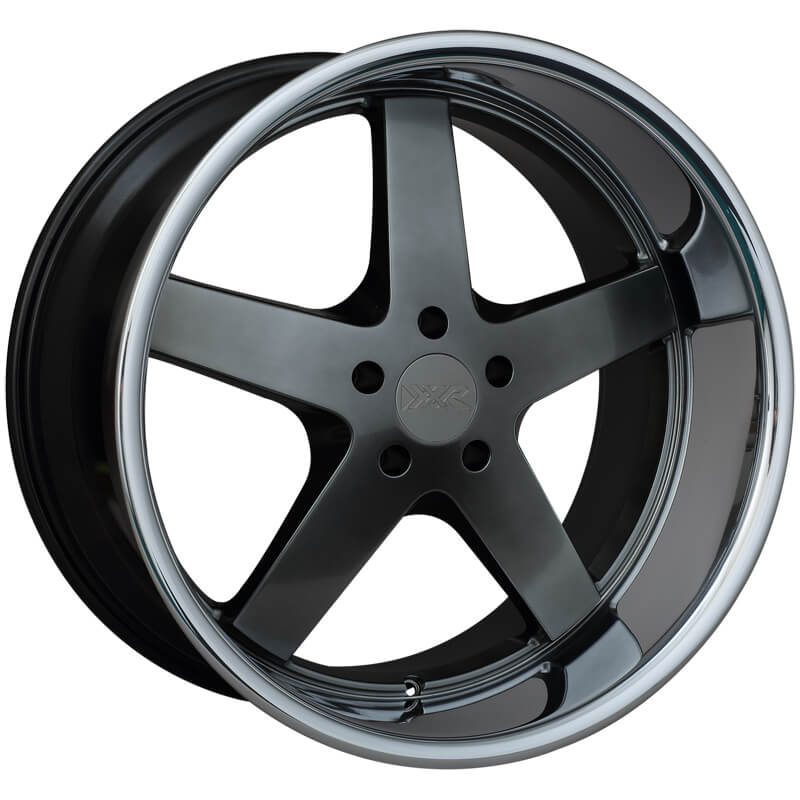

If stainless steel is damaged and exposed to oxygen, this layer will begin to fix it. The chromium found within this metal allows for the formation of a thin layer of chromium oxide film over the surface. Stainless steel has the ability to heal itself. Type 316 is the next most common austenitic stainless steel. Type 304 is extensively used in such items as cookware, cutlery, and kitchen equipment. Some of the different mill finishes include No. The most common austenitic stainless steel and most common of all stainless steel is Type 304, also known as 18/8 or A2. The most commonly used alloying elements used in stainless steel making include chromium and nickel this contributes greatly to the corrosion resistance by. Once the steel is rolled to the desired size, shape and thickness, a mill finish can be applied to make it more visually appealing. Stainless steel is available in over a dozen different finishes, offering an even greater level of customization for your respective project. Just wipe down the surface with your preferred product to clean and revitalize its shiny appearance. And because it’s naturally resistant to corrosion, you don’t have to worry about the damaging effects of moisture left behind. There are dozens of cleaning products designed specifically for stainless steel, making cleaning a breeze. Moisture is all around us in the form of humidity, and this humidity can cause tarnishing and rusting in many types of metals – but not stainless steel.Īnother benefit of stainless steel is its ease of cleaning. Whether you intend to use it indoors or outdoors, the corrosion-resistant characteristics of stainless steel is sure to prove useful. Low-grade stainless steel is able to resist standard atmospheric corrosion (humidity, rain, etc.), whereas high-grade stainless steel is able to resist chemical corrosion from acids, alkaline, and chloride. The presence of chromium allows this versatile metal to resistant the otherwise corrosive effects of moisture. Using stainless steel equipment to process or cook foods can increase the chromium content of food because small amounts of chromium transfer to the food.

The amount in meat depends on the animal’s diet. Let’s go ahead and knock out the most obvious benefit of stainless steel: it’s resistant to rust/corrosion. The amount of chromium in fruits and vegetables depends on the amount of chromium in the soil and water in which they were grown. This week, we’re going to take a closer look at this highly popular metal, revealing some of its key benefits. Current estimates suggest there are over 150 different grades of stainless steel available today (divided into 5 primary groups), many of which are used in applications such as automotive, aerospace, and industrial. Put simply, this material cannot rust as it already has an oxide on its surface chromium oxide.Originally developed in the early 1900s, stainless steel is a steel alloy containing a minimum of 10.5% chromium. It is a protective film made up of only a few atoms of alloy elements – oxides composed of chromium, which is in immediate contact with the oxygen contained in water or air when scratched or heated, thereby protecting the underlying material from corrosive attack. A fine, transparent patina forms on its surface, thanks to the alloy elements. Stainless steel has a unique property: it is self-protecting. This mark attests that only EN10020 compliant stainless steel is used a hygienic, non-toxic material that can withstand high and low temperatures, is 100% recyclable, has a long-lasting elegant and versatile look, and has the important property of not rusting when exposed to air and water. The Centro Inox label (Italian Association for the Design and Development of Stainless Steel Applications) gives CM’s customers tangible proof of the quality of our material. The material used is “AISI 304 18/10” stainless steel, so called because of its chromium/nickel ratio with 18% chromium (to increase hardness and abrasion resistance while giving shine and durability) and 10% nickel (to give strength and impact resistance).


 0 kommentar(er)
0 kommentar(er)
